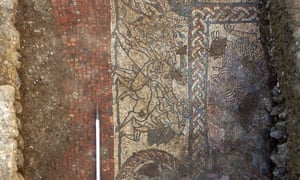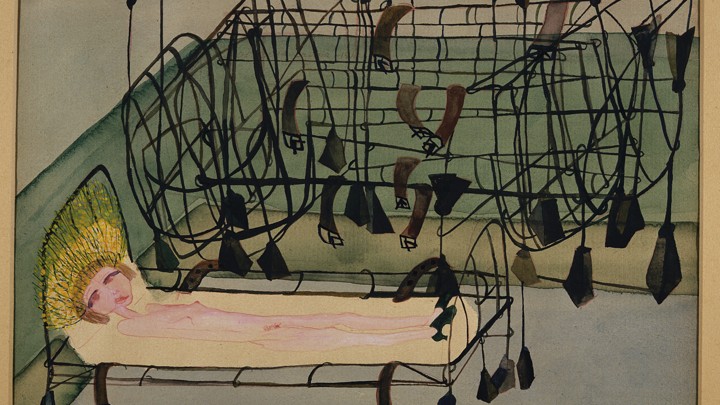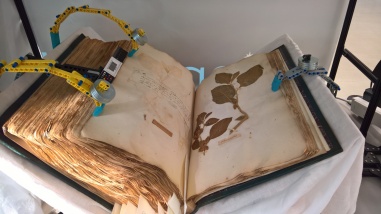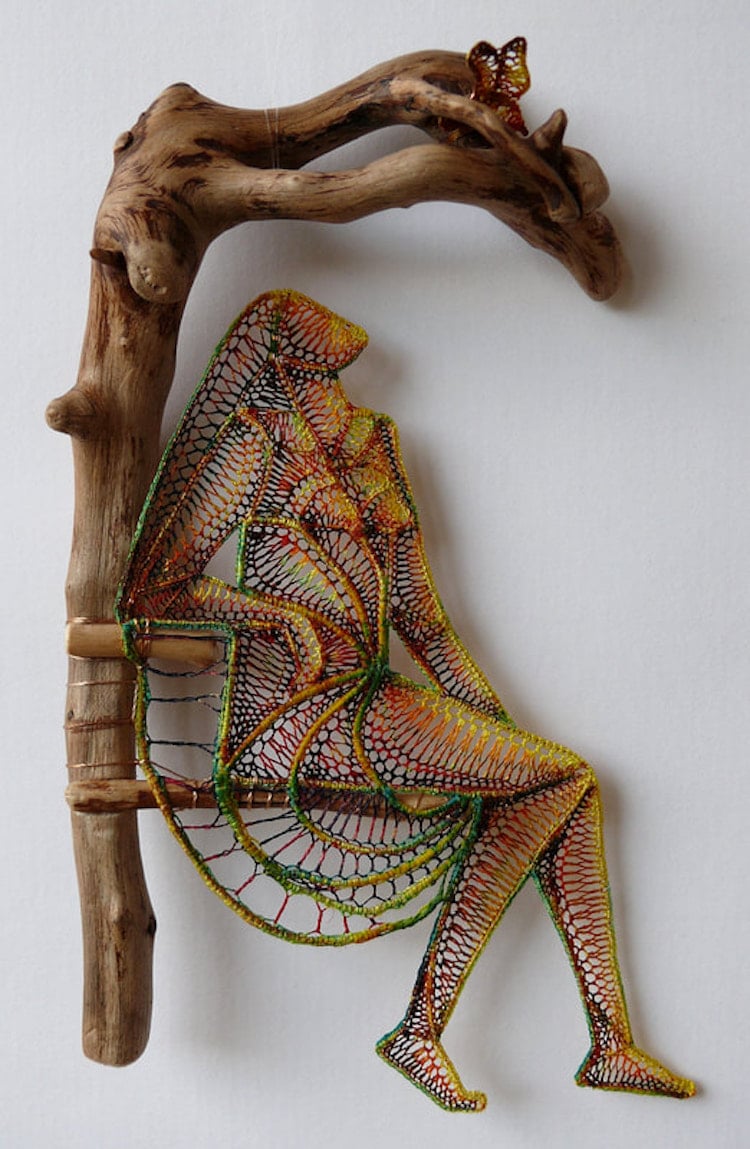via Boing Boing by David Pescovitz

Pissed off and misguided people have been burning books for thousands of years. At Smithsonian, Lorraine Boissoneault provides A Brief History of Book Burning from the earliest examples on record through the Nazis (above) all the way to, um, the present day.
Holy shit, did I really just type that?
Continue reading
==============================
via 3 Quarks Daily: Sam Kriss and Ellie Mae O'Hagan at The Baffler

© Jacob Magraw
Many of the climate scientists and activists we’ve spoken with casually talk of their work with a sense of mounting despair and hopelessness, a feeling we call political depression. We’re used to considering and treating depression as an internal, medical condition, something that can be put right with a few chemicals to keep the brain swimming in serotonin; in conceptualizing our more morose turns of mind, modern medicine hasn’t come too far from the ancient idea that a melancholy disposition arises from too much black bile in the body. But when depressives talk about their experiences, they describe depression in terms of a lost relationship to the world. The author Tim Lott writes that depression “is commonly described as being like viewing the world through a sheet of plate glass; it would be more accurate to say a sheet of thick, semi-opaque ice.”
Continue reading
==============================
via The Guardian by Maev Kennedy

A section of the mosaic, found at a Roman site near Boxford in Berkshire
A spectacular Roman mosaic described as the best find of its kind in half a century has been partly uncovered in Berkshire, during a community archaeology project that only had two weeks left to run.
==============================
via Arts & Letters Daily: Jane Yong Kim in The Atlantic

Carol Rama's 1940 painting Appassionata CAROL RAMA / NEW MUSEUM
Over six prolific decades, the self-taught Italian artist explored the female body and its social context with curiosity and urgency.
Continue reading
==============================
via Boing Boing by Mark Frauenfelder

This truck supports pieces of a tunnel arch as they are lowered from a crane. The body of the truck is covered with rollers so it can drive out of the tunnel and let the pieces fall into place.
Continue reading
==============================
via Interesting Literature
How a little-known short-story writer broke new literary ground
‘A Cross Line’ first appeared in George Egerton’s 1893 collection of short stories, Keynotes. Egerton, whose real name was Mary Chavelita Dunne (she was nicknamed ‘Chav’ long before that word came to mean something else), has a claim to being the first female modernist writer in English. In ‘A Cross Line’ and a handful of other short stories from the 1890s, she pioneered an elliptical, impressionistic style of fiction that later writers such as Katherine Mansfield and Virginia Woolf would bring to a wider readership.
Continue reading
==============================
via 3 Quarks Daily: Arnia Srinivasan at the London Review of Books
Octopuses do not have any stable colour or texture, changing at will to match their surroundings: a camouflaged octopus can be invisible from just a few feet away. Like humans, they have centralised nervous systems, but in their case there is no clear distinction between brain and body. An octopus’s neurons are dispersed throughout its body, and two-thirds of them are in its arms: each arm can act intelligently on its own, grasping, manipulating and hunting. (Octopuses have arms, not tentacles: tentacles have suckers only at their tips. Squid and cuttlefish have a combination of arms and tentacles.)
In evolutionary terms, the intelligence of octopuses is an anomaly. The last common ancestor between octopuses on the one hand, and humans and other intelligent animals (monkeys, dolphins, dogs, crows) on the other, was probably a primitive, blind worm-like creature that existed six hundred million years ago. Other creatures that are so evolutionarily distant from humans – lobsters, snails, slugs, clams – rate pretty low on the cognitive scale. But octopuses – and to some extent their cephalopod cousins, cuttlefish and squid – frustrate the neat evolutionary division between clever vertebrates and simple-minded invertebrates. They are sophisticated problem solvers; they learn, and can use tools; and they show a capacity for mimicry, deception and, some think, humour. Just how refined their abilities are is a matter of scientific debate: their very strangeness makes octopuses hard to study. Their intelligence is like ours, and utterly unlike ours. Octopuses are the closest we can come, on earth, to knowing what it might be like to encounter intelligent aliens.
Continue reading
==============================
via ResearchBuzz Firehose: Natural History Museum blog post by Jennifer P

The Museum is on a mission to digitise 80 million specimens. We want to mobilise the collections to give the global community access to this unrivaled historical, cultural, geographical and taxonomic resource.
Carrying out pilot projects helps us to establish bespoke digital capture workflows on areas of the collections. Mercers Trust funded a small scale pilot project to digitise the more difficult to image herbarium specimens from the Samuel Browne Volumes of the Sloane Herbarium that contain specimens of medicinal plants form India. Dr Steen Dupont from the Museum’s Digital Collection programme has been leading on this project.
Continue reading and discover how the Lego pieces have been used. Fascinating.
==============================
via Boing Boing by Andrea James

Ágnes Herczeg developed her artistic style through the practice of traditional lacemaking. The results combine found items like coconut shells and wood with delicate lace forms.
Continue reading
==============================
via Big Think by Paul Ratner

Many spiritual traditions talk about the first state of the world as being dark, only to be filled with light upon a god’s command. In scientific understanding, the period after the Big Bang was completely dark. Somewhere between 200,000 and one billion years later, further expansion of the Universe happened, bringing with it all the matter we know today as well as visible light. But the specifics of the transition from the darkness has been a great mystery until a new study by researchers from the University of Iowa, who claim to have figured out how the exactly the universe got filled with light.
Continue reading
No comments:
Post a Comment